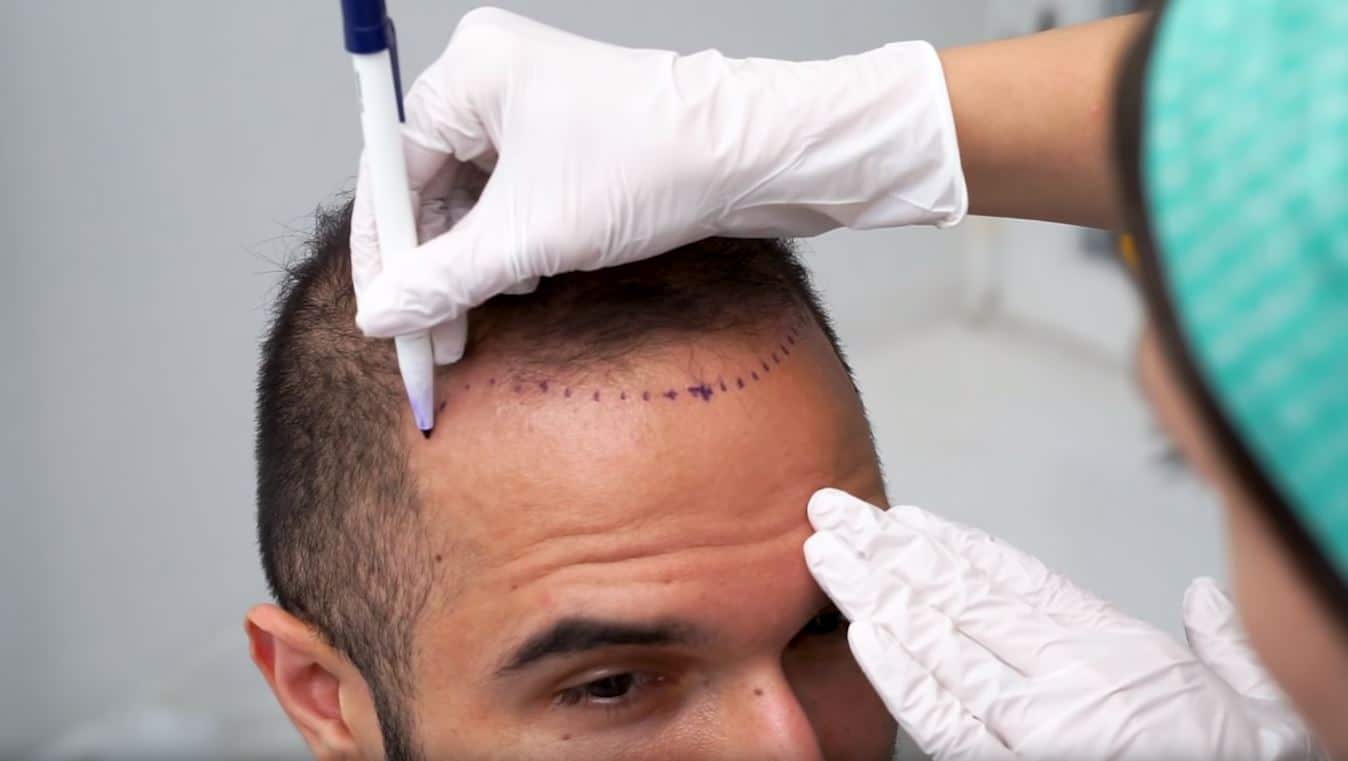For many people experiencing hair loss, the mirror slowly becomes a daily reminder of change they didn't ask for. Whether it's a receding hairline, thinning crown, or patchy beard, hair loss can quietly chip away at confidence. That's where FUE Hair Transplants enter the picture—offering a solution that's not just about regrowing hair, but about restoring the self-assurance that often disappears with it.
But with any medical or cosmetic procedure, there's the inevitable question: Is it worth it? Let's break it down—not in dollars and cents, but in benefits, outcomes, and the long-term value that goes far beyond appearance.
What Is FUE and Why Do People Choose It?
FUE, or Follicular Unit Extraction, is a technique where individual hair follicles are harvested from a donor area (usually the back or sides of the scalp) and transplanted to areas affected by thinning or baldness. Unlike older methods that removed an entire strip of skin, FUE uses a fine, punch-like tool to extract each follicle one by one.
Why do people lean toward FUE? It's discreet, minimally invasive, and doesn't leave a linear scar. This means quicker healing, less downtime, and the ability to wear shorter hairstyles without visible traces of the procedure.
More importantly, the results look natural. When performed with precision, the transplanted hairs grow in the same direction and density as the surrounding hair—making it nearly impossible to tell where the transplant begins and ends.

Beyond Hair: The Emotional Payoff
Hair loss affects more than just your scalp. It can hit your self-esteem, impact how you carry yourself in social settings, or even alter how you feel in your career. For some, it means avoiding photos, dodging eye contact, or hesitating before stepping into a new relationship.
While no cosmetic procedure can fix deeper emotional struggles on its own, restoring your hair can absolutely help you feel more like yourself again. FUE doesn't just fill in a hairline—it can bring back a sense of youth, vitality, and control over your appearance.
Long-Term Investment in Self-Image
Here's where the concept of "cost" gets interesting. Yes, FUE requires a financial and time commitment—but it also offers long-term results. Once transplanted, the hairs are generally resistant to the hormones that cause thinning, meaning they're there to stay.
For many, it's a one-time investment that provides lasting confidence and eliminates the ongoing costs (both financial and emotional) of temporary solutions like powders, sprays, hair systems, or medications that may or may not work.
Think of it this way: instead of masking the issue every day, FUE addresses the root cause—quite literally—providing a permanent, natural-looking fix.
Expectations vs. Reality
That said, managing expectations is key. FUE is not instant magic. Initial shedding is normal, and new growth usually takes a few months to appear. Full results can take up to a year. The success of the procedure also depends on factors like the quality of the donor area, the extent of hair loss, and your body's healing response.
It's also important to understand that FUE doesn't prevent future hair loss in non-treated areas, so some people may choose to undergo additional sessions or pair the procedure with ongoing hair care strategies to maintain the best results.
So—Is It Worth It?
For many, the answer is a resounding yes. It's not just about looking younger; it's about feeling more like yourself. About walking into a room without thinking twice about your appearance. About feeling confident in the small moments—whether it's running your hand through your hair or catching your reflection and smiling instead of wincing.
FUE hair transplants aren't just about hair—they're about reclaiming a part of yourself. And for a lot of people, that's priceless.





